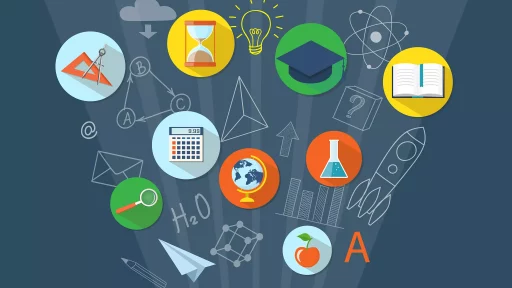Introduction to Government Shutdowns
A government shutdown occurs when non-essential discretionary federal programs close due to lack of funding. These shutdowns can happen when Congress fails to pass appropriations bills or temporary funding measures, leading to a halt in government operations. The impact of a shutdown can ripple across multiple sectors, affecting millions of Americans and spurring public concern.
How Do Government Shutdowns Occur?
Shutdowns typically arise from a failure to agree on budgetary issues between Congress and the President. Each year, Congress must pass a budget that details how federal funds will be allocated. If lawmakers can’t reach an agreement by the start of the fiscal year—October 1st—the government can close its doors. This political stalemate often involves significant debates over issues like healthcare, immigration, and social services.
Impacted Sectors During a Shutdown
Government shutdowns can affect a wide array of sectors and services, including:
- Federal Employees: Approximately 800,000 federal employees may be furloughed or required to work without pay.
- Public Services: Services like national parks, museums, and the processing of certain governmental applications can be halted.
- Economic Impact: Shutdowns can cost the economy over $2 billion per week in lost productivity and reduced consumer spending.
Historical Examples of Government Shutdowns
The United States has experienced numerous government shutdowns, with varying durations and impacts. Some notable examples include:
- 1995-1996 Shutdown: The longest shutdown in U.S. history lasted 21 days. The disagreement focused on budget cuts proposed by the then-Republican Congress and President Bill Clinton.
- 2013 Shutdown: Lasting 16 days, this shutdown was primarily a result of disputes over the Affordable Care Act. It caused significant disruptions to government services and raised political tensions.
- 2018-2019 Shutdown: This 35-day shutdown was the longest in American history, stemming from a dispute over funding for a border wall. The impasse affected numerous federal agencies and services.
Case Study: The 2018-2019 Government Shutdown
The 2018-2019 government shutdown serves as a pertinent case study of the effects and implications of a prolonged shutdown. Starting on December 22, 2018, and lasting until January 25, 2019, this shutdown became a focal point for discussions on immigration policy and national security.
- Duration: It lasted 35 days, making it the longest in U.S. history.
- Impact on Services: National parks saw reduced staffing, leading to trash accumulation and safety hazards.
- Economic Cost: Analysts estimated the shutdown cost the economy $11 billion, with $3 billion in lost economic activity that couldn’t be recovered.
Statistics on Government Shutdowns
Understanding the scope and effects of government shutdowns can be illuminated by the following statistics:
- Since 1976, there have been 20 significant shutdowns of varying lengths and impacts.
- During the 2013 shutdown, an estimated 800,000 federal workers were furloughed, many of whom were unsure when they would be reinstated.
- The 1995-1996 shutdown caused a decrease of $1.4 billion in GDP due to reduced consumption and government spending.
The Political Dimensions of Shutdowns
Government shutdowns are often entwined with political maneuvering. They exemplify the contentious nature of U.S. politics, reflecting deep-seated divisions between parties. Decisions made during shutdowns can directly influence public perception, electoral outcomes, and alignments.
- Public Sentiment: According to a 2019 Gallup poll, 71% of Americans disapproved of the way Congress handled the shutdown.
- Pressure for Resolution: The financial strain on federal workers and disrupted services often push political leaders to find compromise solutions quickly.
Conclusion
In summary, government shutdowns are serious occurrences that can affect millions and have far-reaching consequences for all sectors. As political divisions continue to challenge budget negotiations, the possibility of future shutdowns looms on the horizon. Understanding the implications of past shutdowns helps prepare for similar challenges, underscoring the importance of effective governance and compromise in Congress.





